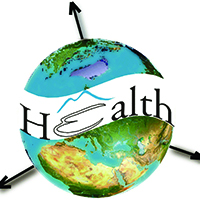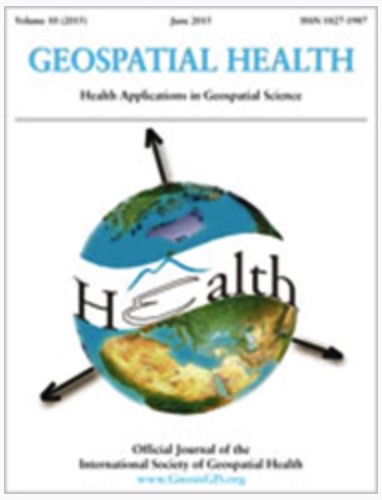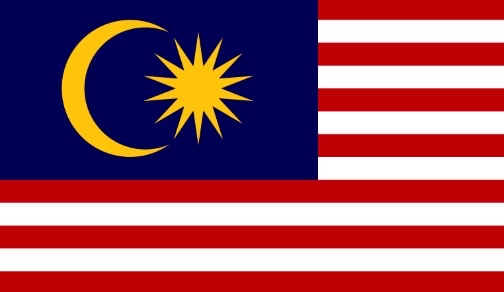The impact of geographic mobility on the spread of COVID-19 in Hong Kong

Published: 14 February 2022
Abstract Views: 2741
PDF: 382
HTML: 111
HTML: 111
Publisher's note
All claims expressed in this article are solely those of the authors and do not necessarily represent those of their affiliated organizations, or those of the publisher, the editors and the reviewers. Any product that may be evaluated in this article or claim that may be made by its manufacturer is not guaranteed or endorsed by the publisher.
All claims expressed in this article are solely those of the authors and do not necessarily represent those of their affiliated organizations, or those of the publisher, the editors and the reviewers. Any product that may be evaluated in this article or claim that may be made by its manufacturer is not guaranteed or endorsed by the publisher.
Similar Articles
- Noraishah M. Sham, Isthrinayagy Krishnarajah, Noor Akma Ibrahim, Munn-Sann Lye, Temporal and spatial mapping of hand, foot and mouth disease in Sarawak, Malaysia , Geospatial Health: Vol. 8 No. 2 (2014)
- Rudi Cassini, Paolo Mulatti, Claudia Zanardello, Giulia Simonato, Manuela Signorini, Stefania Cazzin, Pier Giorgio Tambalo, Mario Cobianchi, Mario Pietrobelli, Gioia Capelli, Retrospective and spatial analysis tools for integrated surveillance of cystic echinococcosis and bovine cysticercosis in hypo-endemic areas , Geospatial Health: Vol. 8 No. 2 (2014)
- Constança S. Barbosa, Verônica S. Barbosa, Wheverton C. Nascimento, Otavio S. Pieri, Karina C. G. M. Araújo, Study of the snail intermediate hosts for Schistosoma mansoni on Itamaracá Island in northeast Brazil: spatial displacement of Biomphalaria glabrata by Biomphalaria straminea , Geospatial Health: Vol. 8 No. 2 (2014)
- Ulrik B. Pedersen, Nicholas Midzi, Takafira Mduluza, White Soko, Anna-Sofie Stensgaard, Birgitte J. Vennervald, Samson Mukaratirwa, Thomas K. Kristensen, Modelling spatial distribution of snails transmitting parasitic worms with importance to human and animal health and analysis of distributional changes in relation to climate , Geospatial Health: Vol. 8 No. 2 (2014)
- Gonzalo Lòpez-Abente, Nuria Aragonés, Javier García-Pérez, Pablo Fernández- Navarro, Disease mapping and spatio-temporal analysis: importance of expected-case computation criteria , Geospatial Health: Vol. 9 No. 1 (2014)
- Nicolas M. Oreskovic, Jeff Blossom, Alyssa I. Robinson, Minghua L. Chen, Doris K. Uscanga, Jason A. Mendoza, The influence of the built environment on outcomes from a walking school bus study: a cross-sectional analysis using geographical information systems , Geospatial Health: Vol. 9 No. 1 (2014)
- Dustin T. Duncan, Seann D. Regan, Donna Shelley, Kristen Day, Ryan R. Ruff, Maliyhah Al-Bayan, Brian Elbel, Application of global positioning system methods for the study of obesity and hypertension risk among low-income housing residents in New York City: a spatial feasibility study , Geospatial Health: Vol. 9 No. 1 (2014)
- Wendelin Moser, Helena Greter, Christian Schindler, Fiona Allan, Bongo N. R. Ngandolo, Daugla D. Moto, Jürg Utzinger, Jakob Zinsstag, The spatial and seasonal distribution of Bulinus truncatus, Bulinus forskalii and Biomphalaria pfeifferi, the intermediate host snails of schistosomiasis, in N'Djamena, Chad , Geospatial Health: Vol. 9 No. 1 (2014)
- David F. Attaway, Kathryn H. Jacobsen, Allan Falconer, Germana Manca, Lauren Rosenshein Bennett, Nigel M. Waters, Mosquito habitat and dengue risk potential in Kenya: alternative methods to traditional risk mapping techniques , Geospatial Health: Vol. 9 No. 1 (2014)
- Marcos C. Ferreira, Geographical distribution of the association between El Niño South Oscillation and dengue fever in the Americas: a continental analysis using geographical information system-based techniques , Geospatial Health: Vol. 9 No. 1 (2014)
You may also start an advanced similarity search for this article.












